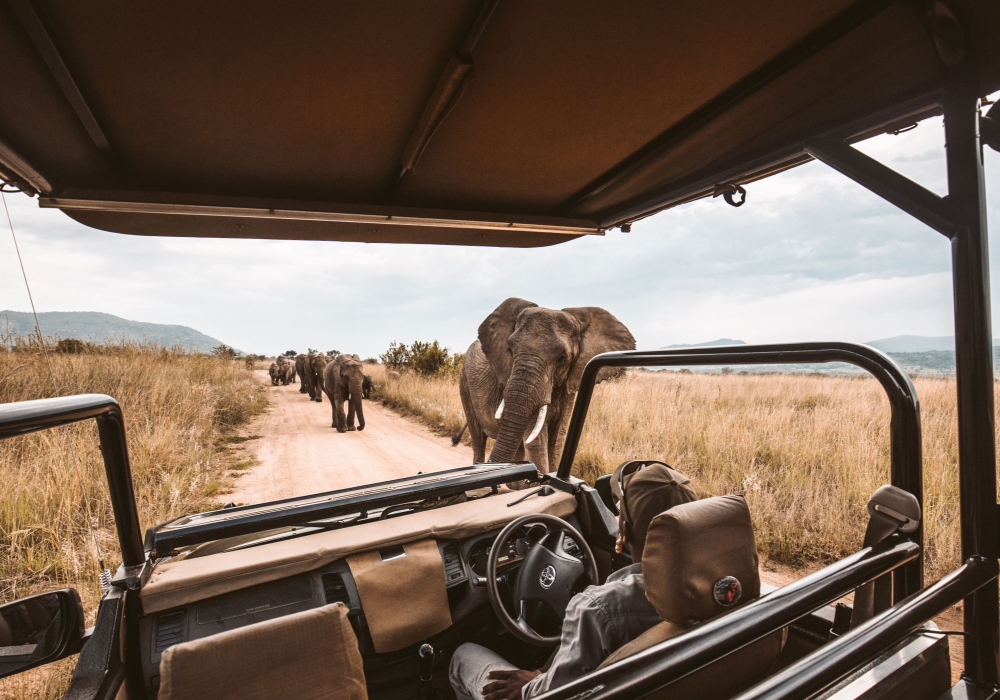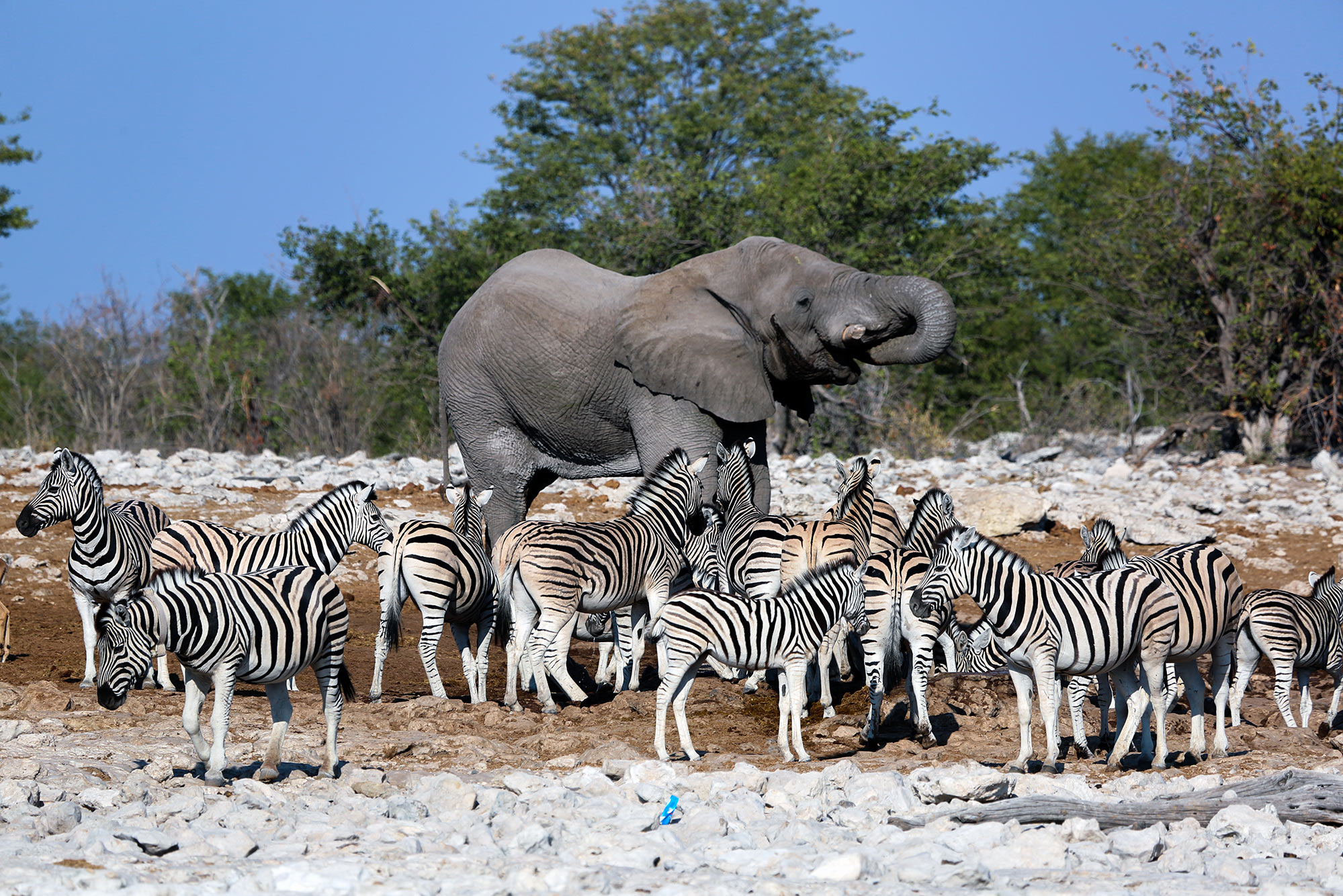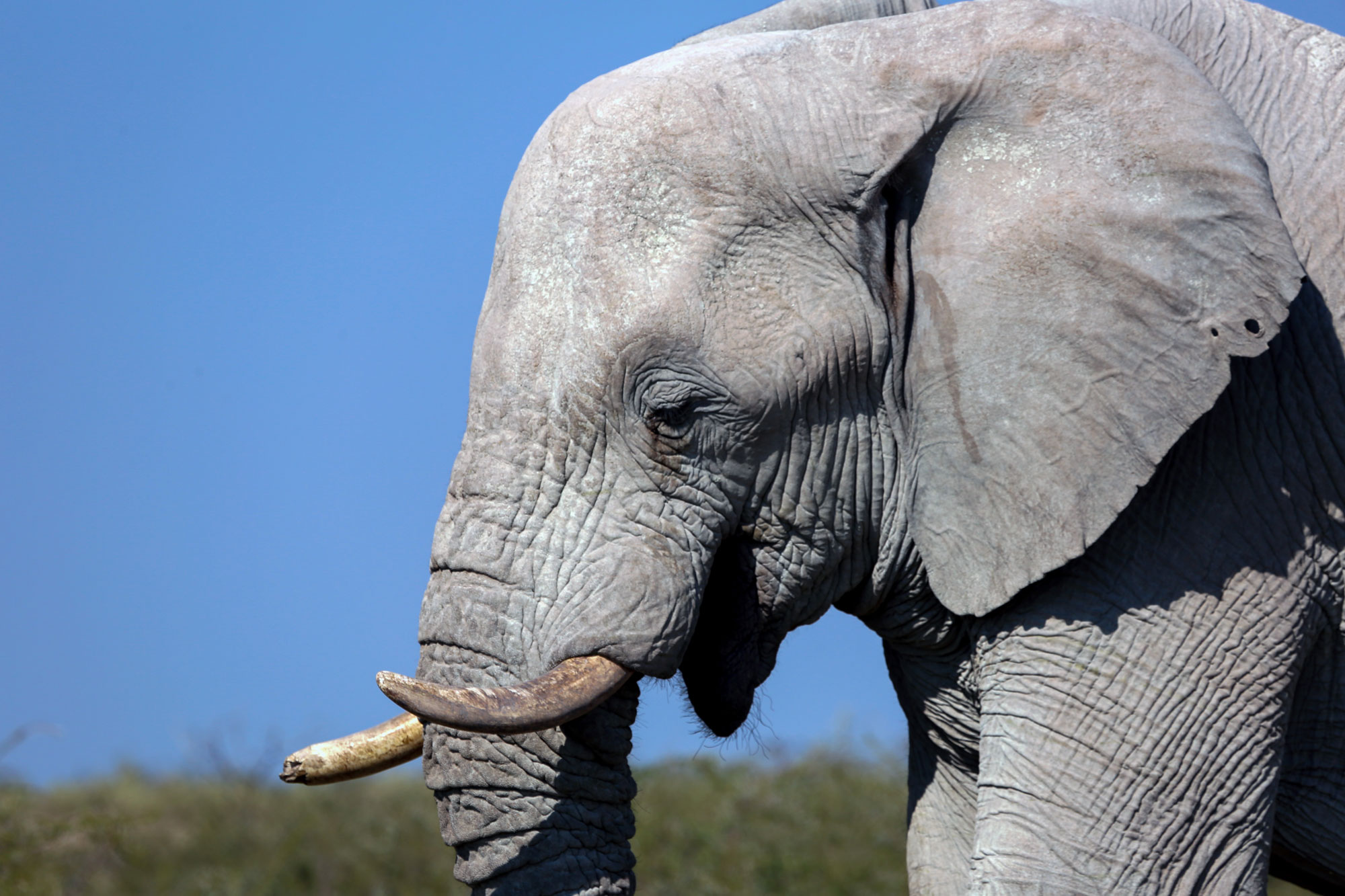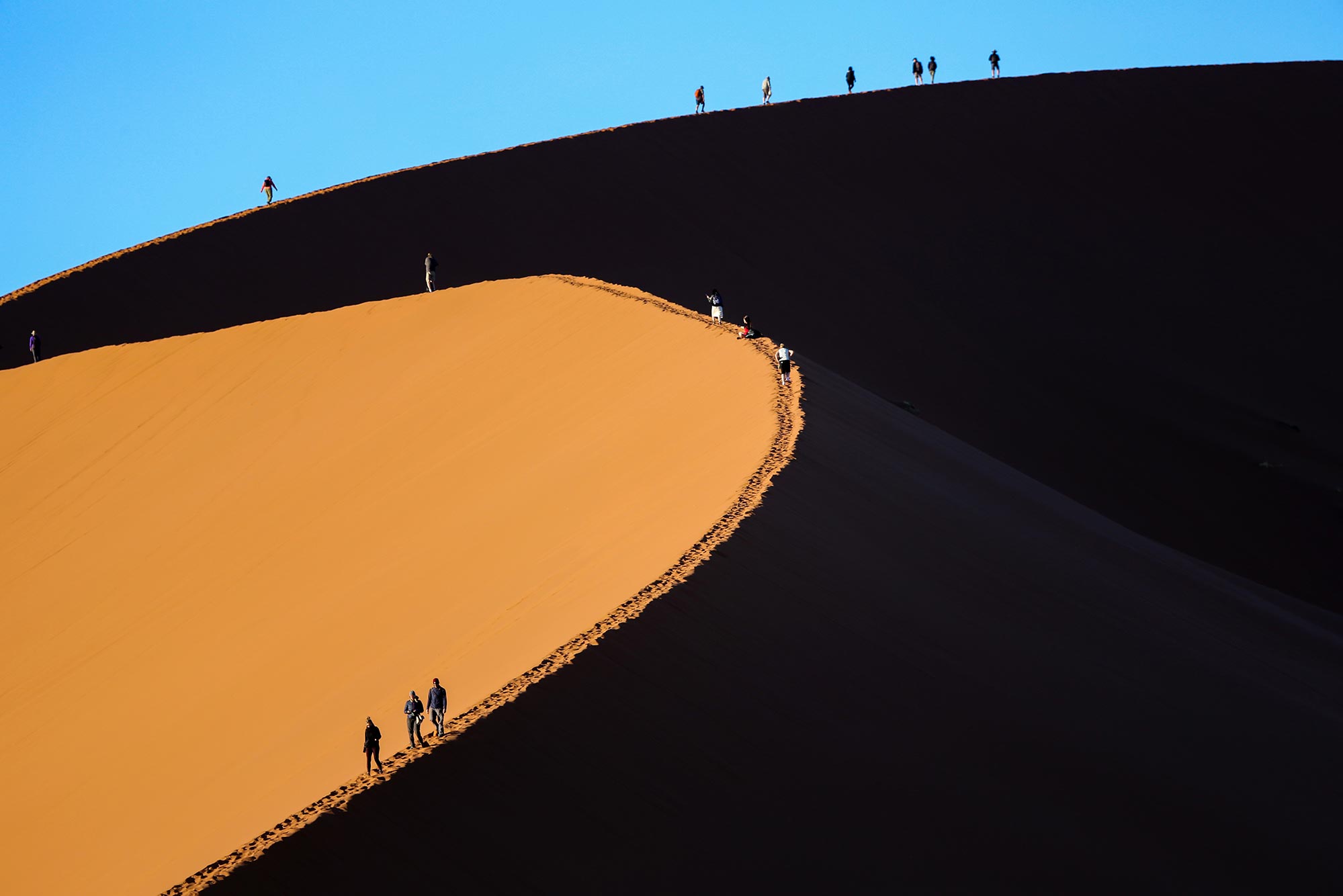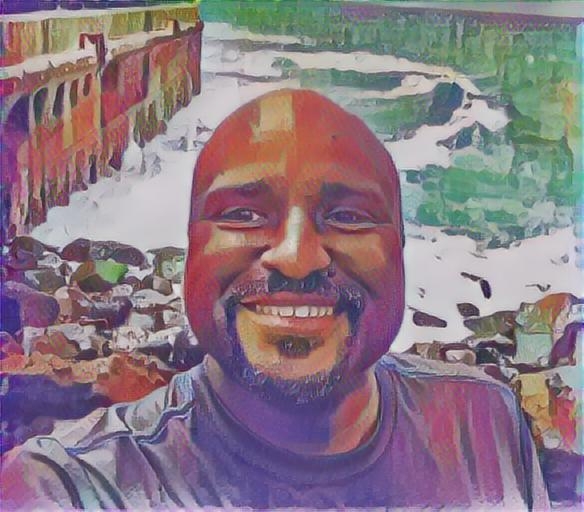If you're planning on heading out on a group or self-drive safari, photography gear is big on the list. While proper equipment may be expensive, it's well worth the investment in chronicling and enjoying the full safari experience. Some photography outlets offer gear rental options in popular safari destinations around the world. Unfortunately, safari photos on an iPhone just can't have the same effect. The whole attraction of safari photography is to capture wildlife clearly from a distance. Evidently, you don't want to make the evening news for creeping up close to a lion or rhino with your camera phone.
As part of my self-drive adventure through Namibia, my other fateful companion, apart from my spouse, was my full-frame sensor Canon 5D Mark III. It's a top-rated camera both for experienced amateurs and professionals. It has impressive capabilities for shooting both stills and videos.
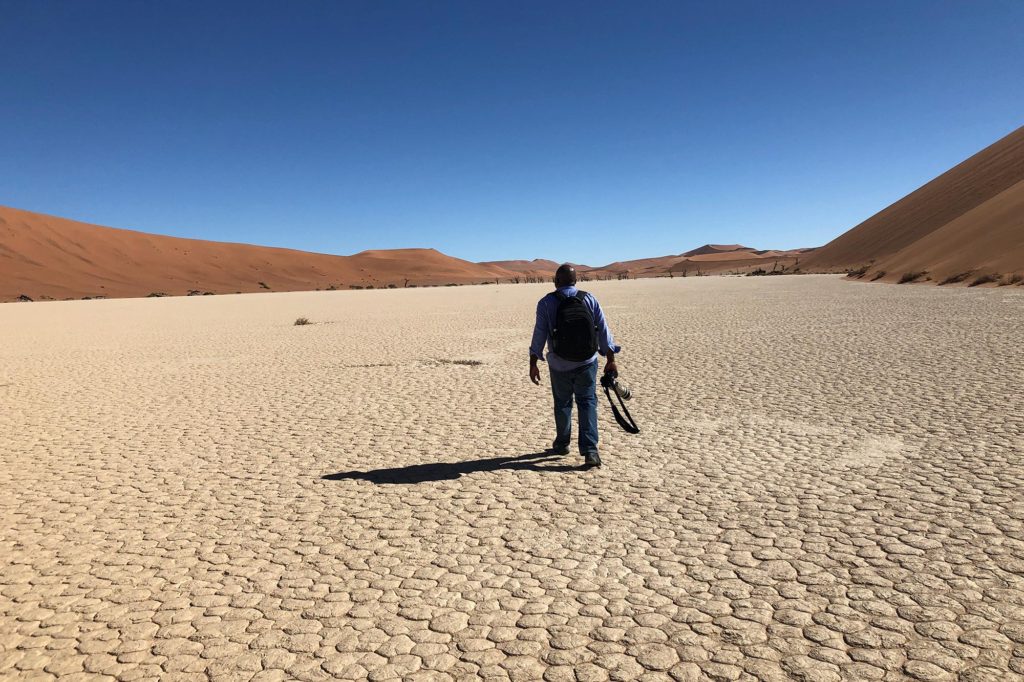
The upgraded Canon 5D Mark IV successfully hit the market about five years ago. One of the cool features introduced on the 5D Mark IV is Wi-Fi connectivity. This means the camera can be controlled remotely, and shots and videos can be shared quickly through the internet or shared on social media. The GPS-enabled device also adds location data to your images. It also uses a more advanced image processing engine and higher resolution sensor. Awesome upgrades indeed.
Of course, the camera body must be matched with an equally performing lens. But the same way an iPhone isn't ideal for safari shoots, wide-angle camera lenses, regardless of the price, won't make the cut alone.
Based on my own experience, I would highly recommend a telephoto lens like the Canon EF 100-400mm or Canon EF 70-200mm. Both lenses have a built-in silent focus motor and can focus to infinity. It's also possible to make manual adjustments even once the autofocus (AF) has finished, without changing to manual mode. The optical image stabilization feature uses gyroscopic sensors to detect the vibrations of the camera. So both lenses adjust the optical path accordingly, ensuring that any type of motion blur is corrected before the sensor captures the image.
I used the Canon EF 100-400mm f/4.5-5.6L IS II USM Lens to capture the images below from Etosha National Park and the majestic dunes of Sossusvlei in Namibia. One lesson learned is continually using the weather-sealed cap between shots to protect the lenses' smooth functioning from sand and dust particles.
Yes, lens changes frequently happen, which can be a challenge in more ways than one in dusty safari environments. It's essential to plan for a two-lens-type set up while on safari. Depending on whether you need to capture a breathtaking landscape ahead while driving along dirt roads, or if you suddenly notice an elephant at a distance and want to zoom in on the details of its tusks, a combination of a telephoto zoom lens and a mid-range, or wide-angle, lens for context shots is a must.
My choice for a wide-angle professional-quality standard zoom lens was the Canon EF 24-70mm. Its fast f/2.8 aperture offers outstanding image quality, and it can be used in almost any environment. Ranging from wide-angle to portrait length, it's ideal for landscape and travel photography. The lens is specially designed for full-frame Canon EF-mount DSLRs. I also used the Canon EF 24-105mm lens, which is quite similar. Both are part of Canon's premium “L” line of lenses. But the extra 35mm on the EF 24-105mm adds to the focal length range. As long as you have a telephoto lens, though, which you ideally should on a safari, the EF 24-70mm is a winner with its very impressive macro capability. The latter's wider maximum aperture also allows you to shoot under lower light conditions.
But don't waste too much time thinking about lens switching when you see a leopard jumping out of a bush. Shoot first and question lenses later. You never know if that split-second opportunity will present itself again. Those golden moments can be fleeting. Better get an imperfect shot than none at all. Having said that, be super organized with your lenses and be ready to switch it up if time permits.
A good camera bag is a great way to stay organized. The best ones make it easy for you to quickly access and store your camera body and lenses on the fly. A great option is the Manfrotto Advanced Befree backpack for DSLR/CSC cameras and drones. The rear access for your camera and lenses is a useful feature. Also, make sure to store some extra SD memory cards in that bag. The last thing you want is to delete photos just to free up space on your memory card.
Remember to never, under any circumstances, get out of your vehicle on a game drive. The behaviour of wild animals can be very unpredictable. The National Park rules are there for a reason. People have been mauled by wildlife and died due to reckless split-second decisions.
On guided or self-drives in Southern Africa, there are countless opportunities to snap memorable photos on dunes, rock formations and tremendously varied landscapes and attractions.
For those safe and appropriate opportunities, especially for night photography and memorializing the strikingly beautiful night skies, a tripod is necessary. The spectacle of stars in the extra clear and dark skies of Namibia I experienced at Etosha's Emanya Lodge was genuinely unforgettable.
The Manfrotto Advanced Travel Tripod is designed for creative photographers using accessories to capture amazing outdoor shots. A monopod is also a good option when taking photos from the backseat of a safari vehicle. Compact tripods can be used when space is limited. Those free-form tripods such as the Joby GorillaPod also come in handy to get some epic shots on rugged hiking trail terrains, dune landscapes and walking treks.
Most of all, make sure you take the time to enjoy your safari experience and not only live it through your lens. Yes, photos are important, but it's also easy to spend all your time snapping and forgetting to just sit back and take in the beauty of the wildlife and scenery.

